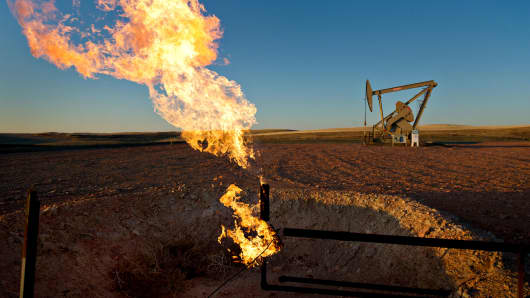Oil prices could be heading lower as OPEC dithers, the election raises fears and traders stand on the sidelines.
OPEC will dictate where oil prices head for the remainder of the year and into 2017 and the organization's failure to come to an agreement at its recent Vienna meeting is telling - the major sticking points are the same ones that have been in contention since negotiations began.
Everyone wants to boosts prices by cutting production but no one wants to actually cut. Iran wants to return to pre-sanction production levels, Iraq claims it needs the funds to help fight its war with ISIS, Nigeria along with Venezuela are facing economic hardship and in both places are trying to replace production lost due to conflict or lack of resources to maintain equipment.
At the last meeting, the consensus was that if any production cuts are to be made, the Saudi's will have to do the majority of the lifting, and they are not ready to commit to that because they face their own budget issues and dwindling cash reserves.
If OPEC fails to reach an agreement before or at their formal meeting at the end of November, then oil prices will fall to the low 40's and possibly the mid 30's. Driving this drop will be the factors that drove it lower at this time last year: too much supply and falling demand as we head into winter and the fallout from a potential Fed rate hike, which will mean a stronger dollar and lower equity prices.
Many traders are taking a pause for the remainder of 2016, anxious not only about OPEC's moves but also about the presidential election. Both candidates' policies could prove negative for oil prices.



